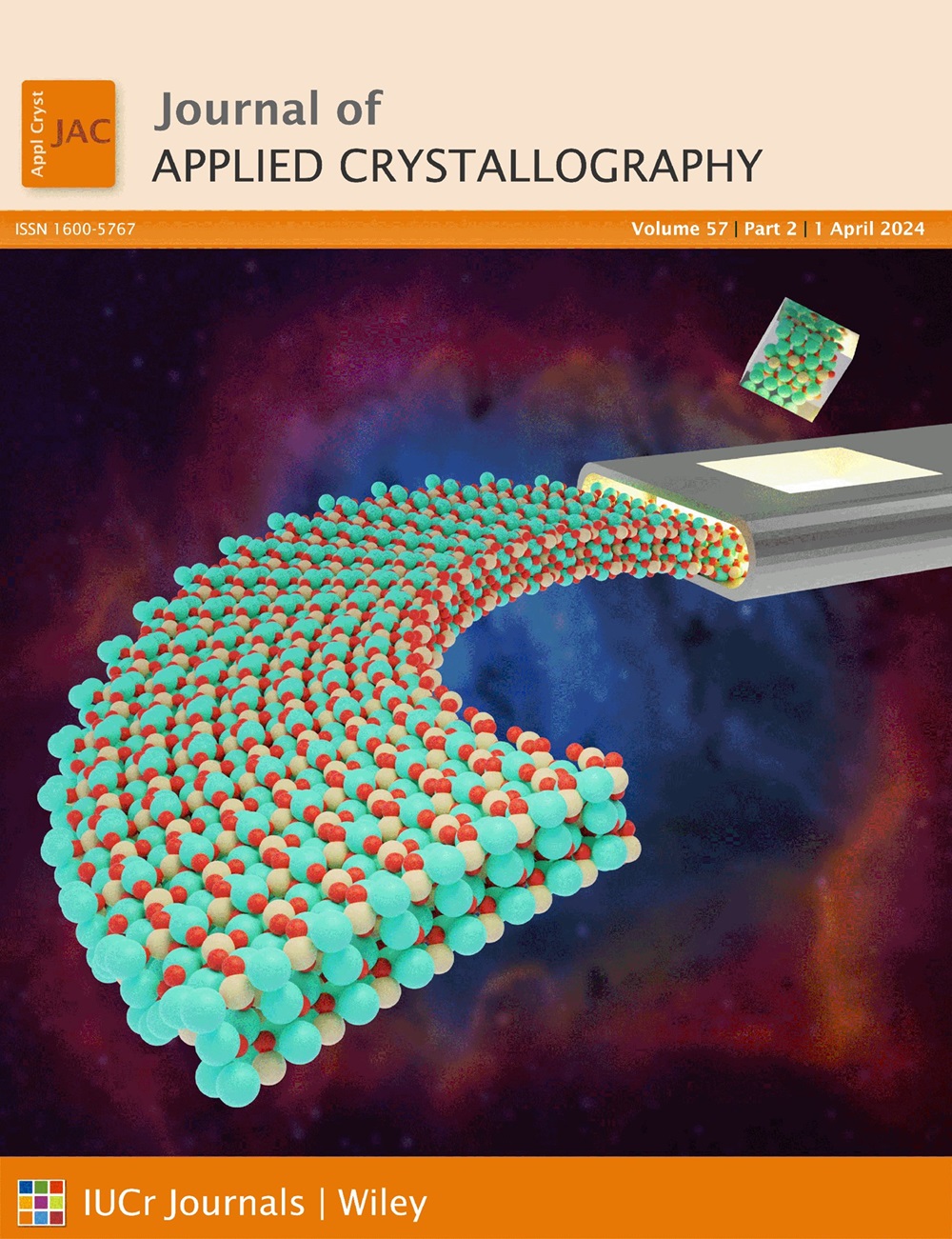共振中子散射长度
IF 5.2
3区 材料科学
Q2 CHEMISTRY, MULTIDISCIPLINARY
引用次数: 0
摘要
与元素周期表中的大多数元素不同,许多稀土元素对热中子显示出相当大的共振散射。虽然这种特性伴随着强烈的中子吸收,但现代高强度中子源使这些元素的衍射实验成为可能。计算散射强度的方法是将共振散射长度(b 0、b′ 和 b′′)的变化拟合到半经验布雷特-维格纳形式主义中,该形式主义可在对衍射有用的中子能量范围内进行评估,通常为 E = 10-600 meV;λ = 0.4-2.8 Å(对更长波长有很好的外推法)。本文章由计算机程序翻译,如有差异,请以英文原文为准。
Resonant neutron scattering lengths
Unlike most of the periodic table, many rare-earth elements display considerable resonant scattering for thermal neutrons. Although this property is accompanied by strong neutron absorption, modern high-intensity neutron sources make diffraction experiments possible with these elements. Computation of scattering intensities is accomplished by fitting the variation in resonant scattering lengths (b
0, b′ and b′′) to a semi-empirical Breit–Wigner formalism, which can be evaluated over the range of neutron energies useful for diffraction, typically E = 10–600 meV; λ = 0.4–2.8 Å (with good extrapolation to longer wavelengths).
求助全文
通过发布文献求助,成功后即可免费获取论文全文。
去求助
来源期刊

Journal of Applied Crystallography
CHEMISTRY, MULTIDISCIPLINARYCRYSTALLOGRAPH-CRYSTALLOGRAPHY
CiteScore
7.80
自引率
3.30%
发文量
178
期刊介绍:
Many research topics in condensed matter research, materials science and the life sciences make use of crystallographic methods to study crystalline and non-crystalline matter with neutrons, X-rays and electrons. Articles published in the Journal of Applied Crystallography focus on these methods and their use in identifying structural and diffusion-controlled phase transformations, structure-property relationships, structural changes of defects, interfaces and surfaces, etc. Developments of instrumentation and crystallographic apparatus, theory and interpretation, numerical analysis and other related subjects are also covered. The journal is the primary place where crystallographic computer program information is published.
 求助内容:
求助内容: 应助结果提醒方式:
应助结果提醒方式:


